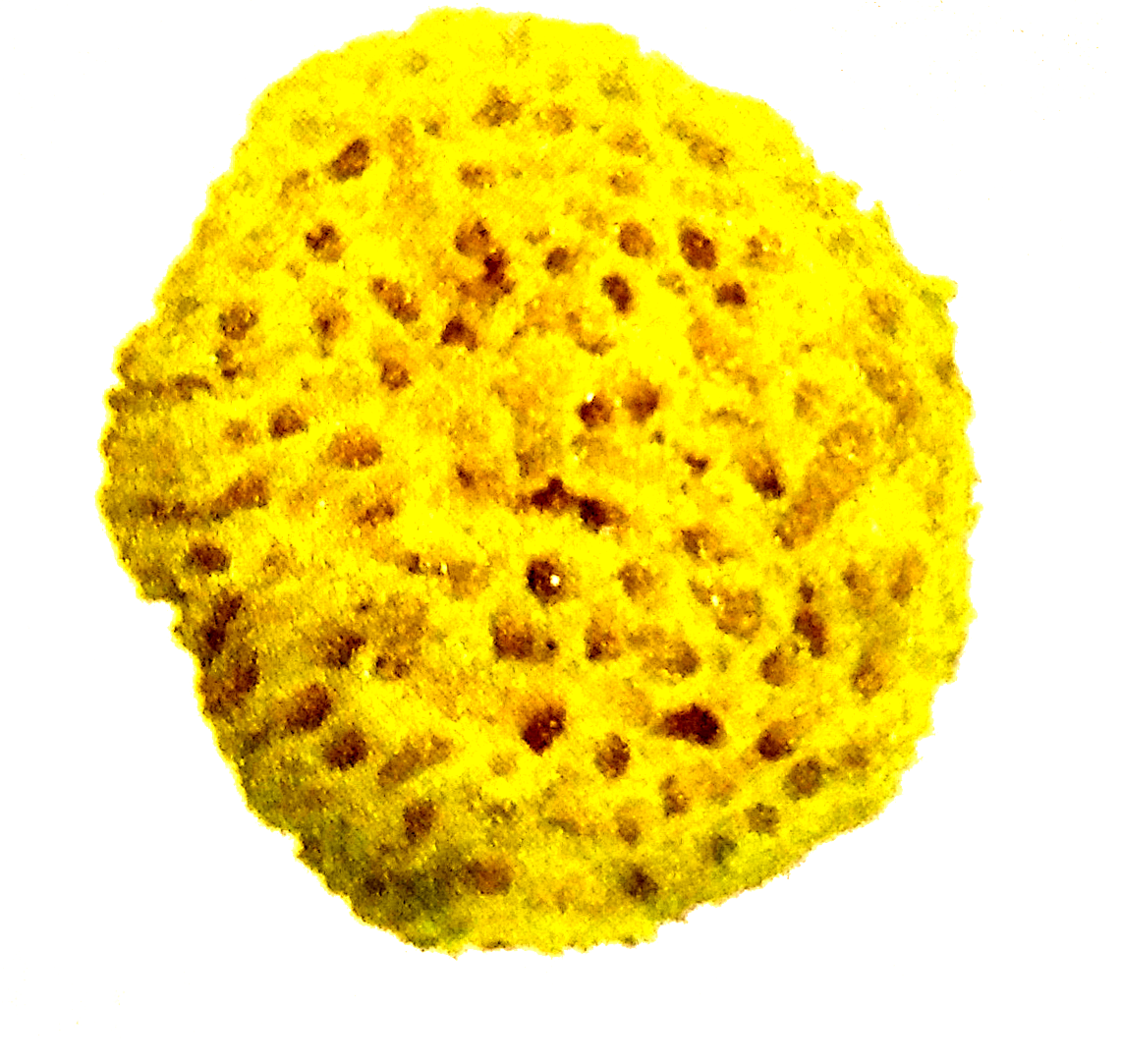Read the following passage and then answer questions (a) — (e) on the basis of your understanding of the passage and the related studied concepts.
Henry Becquerel, in 1896, discovered the radioactivity purely by accident when he observed that pieces of uraniumpotassiumsulphate emit something which are able to penetrate black paper as well as a silver foil. Subsequent experiments showed that radioactivity was a nuclear phenomenon in which a unstable nucleus undergoes a decay. Three types of radioactive decay occur in nature, namely (i) α-decay in which a helium nucleus, ( 42He) is emitted, (ii) β-decay in which electrons (or positrons) are emitted, and (iii) γ-decay in which high energy photons are emitted.
The decay rate of a radioactive sample is a measurable quantity and is known as 'activity'. A common way to characteristic decay rate of a substance is 'half-life period' (T12) which is the time during which half of the radioactive material decays and one half remains intact. Another related measure is the average or mean life τ. It is related to T12 as per relation T12=0.693τ.
(a) What is radioactivity?
(b) Give two examples of radioactive elements?
(c) Out of three types of radioactive radiations which are deflected by an electric and a magnetic field and why?
(d) A radioactive sample has a half-life period of 5 hours. What fraction of original sample remains undecayed after 20 hours.
(e) Complete the following nuclear reaction :
18072Aα−−→A1β−−−→A2α−−→A3γ−−→A4
Text Solution
(a) The phenomena of spontaneous emission of some particles, without any outside stimulation, by an unstable nuclide is called radioactivity.
(b) Uranium and radium.
(c) Alpha and beta particles because these are charged particles.
(d) As T12=5handt=20h=4T12
∴ Fraction of radioactive sample left intact (undecayed)=[12]4=116or6.25%
(e) Completed reaction is :
18072Aα−−→ 17670A1β−−−→ 17671A2α−−→ 17269A3γ−−→ 17269A4
|
Updated on:21/07/2023
Topper's Solved these Questions
- BOOK - U-LIKE SERIESCHAPTER - NUCLEIEXERCISE - Multiple Choice Questions30videos
NUCLEI
- BOOK - U-LIKE SERIESCHAPTER - NUCLEIEXERCISE - Fill In the blanks11videos
NUCLEI
- BOOK - U-LIKE SERIESCHAPTER - NUCLEIEXERCISE - Additional Question9videos
NUCLEI
- BOOK - U-LIKE SERIESCHAPTER - MOVING CHARGES AND MAGNETISM EXERCISE - SELF ASSESSMENT TEST (SECTION D)1videos
MOVING CHARGES AND MAGNETISM
- BOOK - U-LIKE SERIESCHAPTER - RAY OPTICS AND OPTICAL INSTRUMENTSEXERCISE - SELF ASSESSMENT TEST (SECTION B)3videos
RAY OPTICS AND OPTICAL INSTRUMENTS
Similar Questions
Knowledge Check
- Question 1 - Select One
Radioactivity was discovered by
AJ.J. ThomsonBW. RoentgenCH. BecquerelDM. Curie - Question 2 - Select One
Radioactivity was discovered by
AHenry BecqueralBRutherfordCJ.J. ThomsonDMadam Curie - Question 3 - Select One
The phenomenon of radioactivity
Aincreases on applied pressureBis exothermic change which increases or decreases with temperatureCis nuclear process which does not depend on external forceDNone of the aobve
Why is radioactivity considered to be a nuclear phenomenon?
View SolutionRead the passage and answer the following questions.

Identify the animal.View SolutionRead the passage and answer the following questions.

Write any two uses of this animal.View SolutionDirection for questions: Answer questions based on your understanding of the following paragraph and related studied concepts.
Look at the pictures given below and identify the type of force shown in each picture
 View Solution
View SolutionRead the passage and answer the following questions.

Which Phylum does it belong?View Solution

